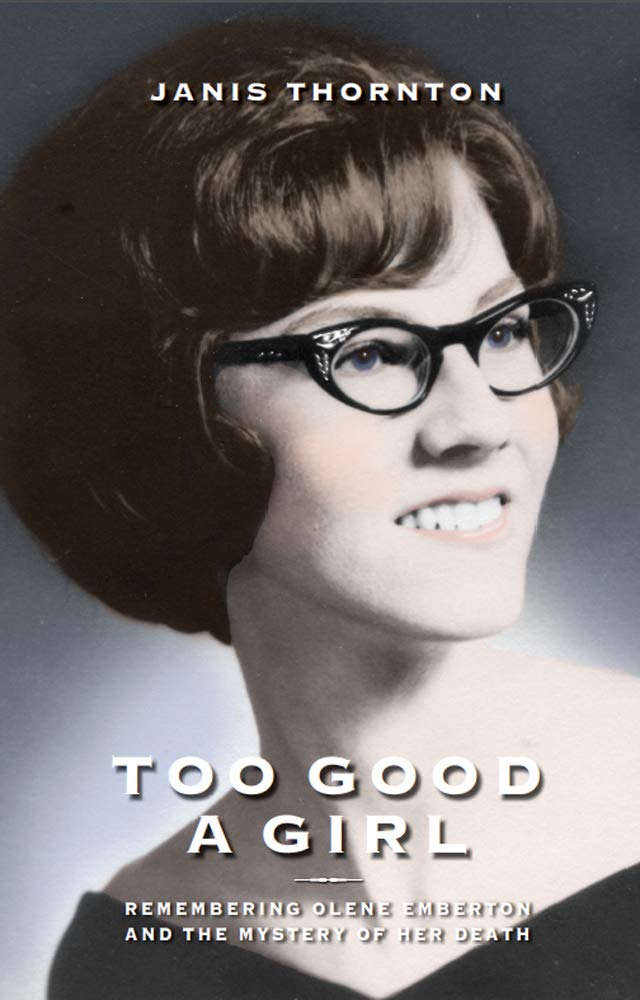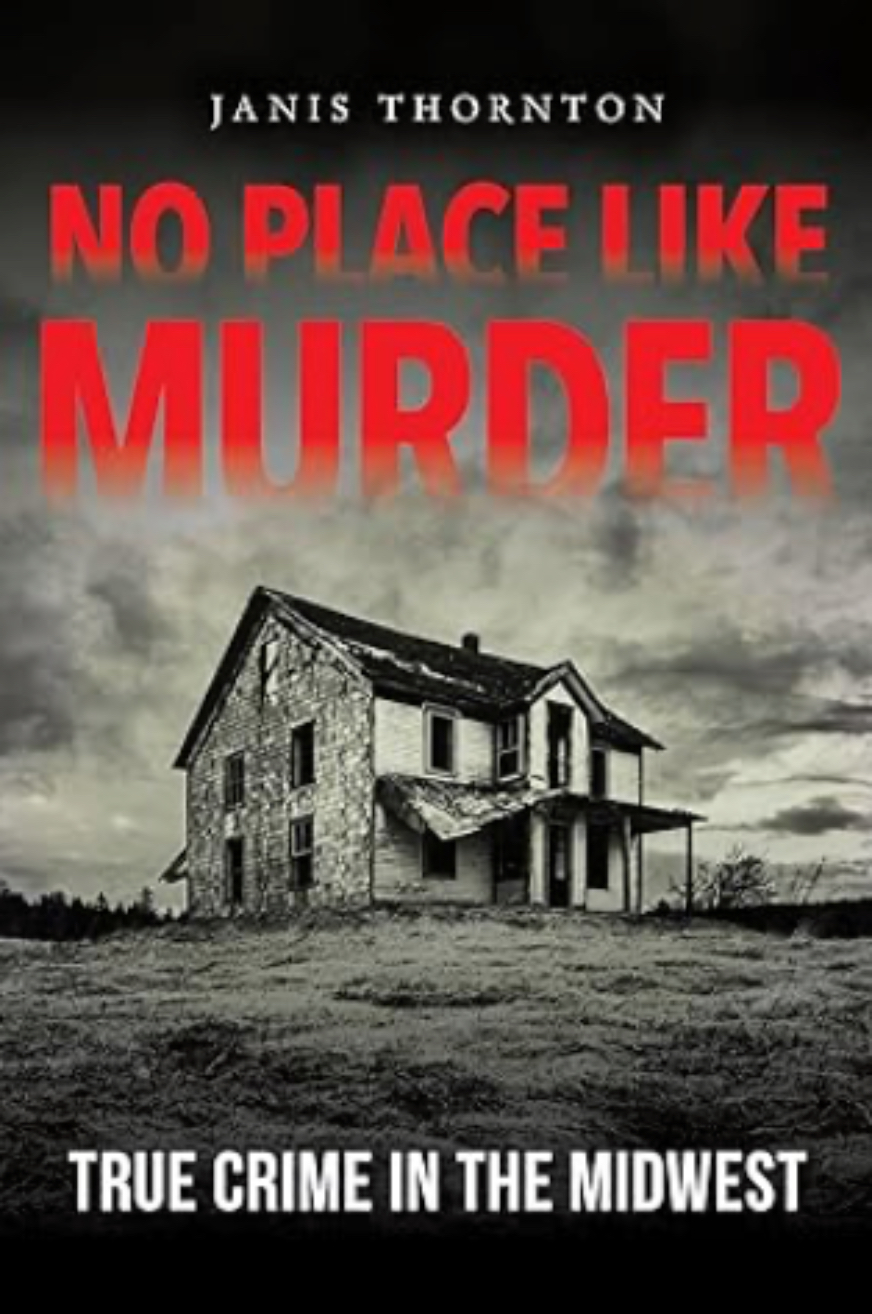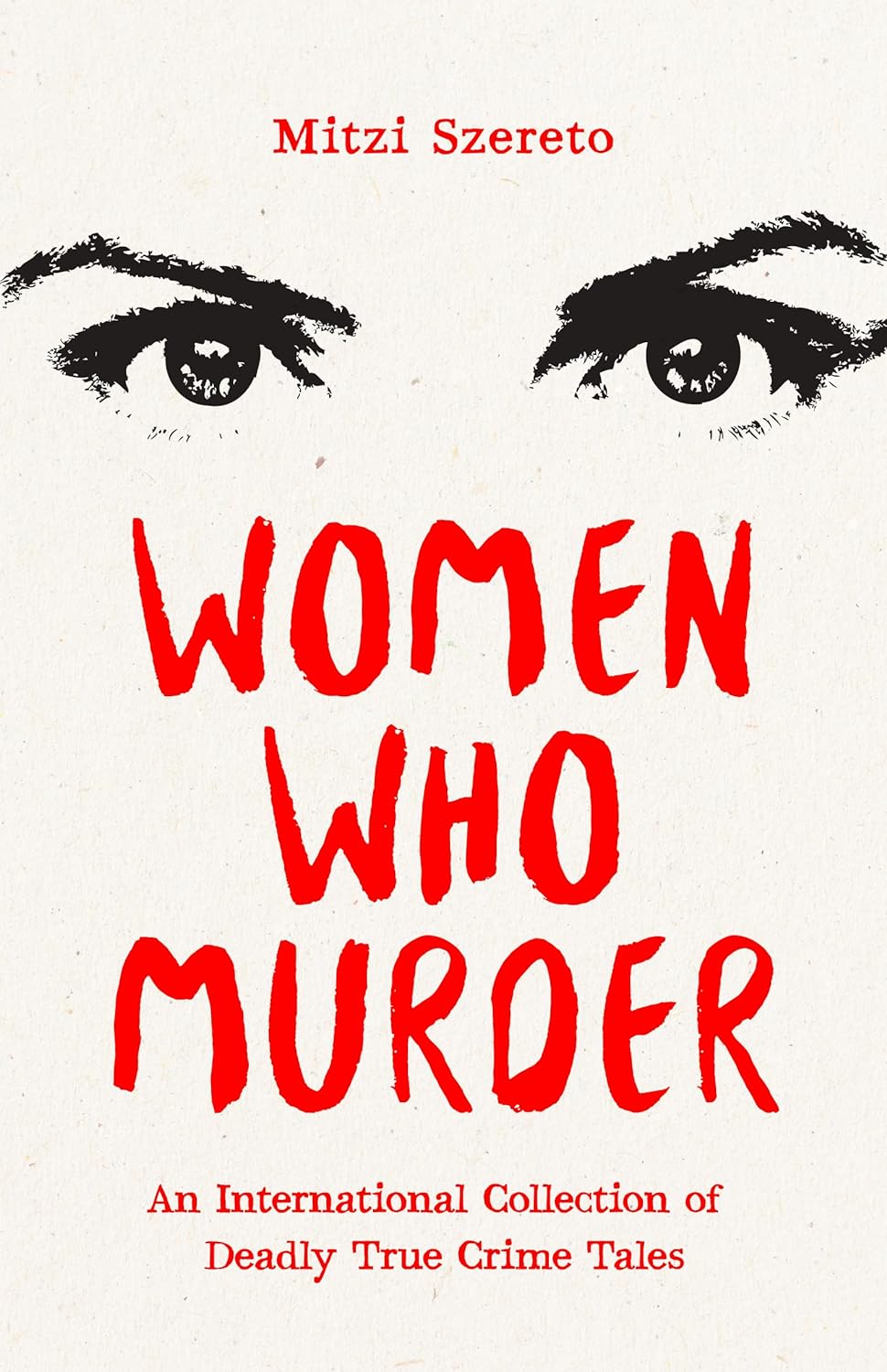Olene Emberton, a 17-year-old Tipton, Indiana, high school senior, was last seen alive at 11:30 p.m., Saturday, October 16, 1965, when she dropped off a friend after a movie and drove away, headed for home. It was a journey of a mere six-blocks. But Olene never made it home.
50 years later, the mystery that shocked the small Indiana community where she lived has never been solved. But author Janis Thornton, a former high school classmate of Olene was determined that Olene’s story would never be forgotten. Now more than-a-half century later, Thornton has written “Too Good a Girl: Remembering Olene Emberton and the Mystery of Her Death,” part memoir, part true crime, and part oral history. The book examines Olene’s life, her unexplained death, and how she affected the Tipton community and all who knew her.
“I wrote the book because I didn’t want her to be forgotten,” says Thornton.
Early Sunday morning, after Olene’s parents realized she hadn’t come home all night, they found her car parked two doors north of the four-way stop at Green and North streets, just three blocks from their house. None of the neighbors had seen her leave the car, and there was no sign of a struggle.
The Embertons immediately called the police and reported their daughter missing. The next afternoon, a farmer discovered her lifeless, nude body discarded along a remote country road ten miles northeast of town. Her clothes were neatly folded and stacked beside her head. Her glasses lay in the weeds next to her feet.
An autopsy was performed that evening, but no cause of death was determined. Thus, with no clues, no leads, no witnesses, no motive, and no confession, how Olene died and who dumped her body in the tall grass next to a cornfield was never determined. Law enforcement officials had no place to go, and heartbreakingly her family was denied the answers and the closure they needed and deserved.
Throughout the nearly 58 intervening years, numerous Tipton County people have claimed they knew the answers. But only one individual truly knew, and that person still isn’t telling.
Hopefully one day that will change.
ABOUT THE AUTHOR

Based in her hometown of Tipton, Indiana, Janis Thornton writes about history, mystery, and true crime.
Her latest book, The 1965 Palm Sunday Tornadoes in Indiana, takes a look back at Indiana’s worst weather disaster and includes more than 100 horrific, heartbreaking stories about the tornadoes, told by the people who experienced them.

Her previous release, No Place Like Murder, is a collection of 20 true crime stories that rocked Indiana between 1869 and 1950.

Her most recent novel, Love, Lies, and Azure Eyes, is a suspenseful, paranormal romantic mystery about possibilities for second chances, righting old wrongs, and finding love that lasts forever.
Her mysteries include: “Dead Air and Double Dare” and “Dust Bunnies and Dead Bodies”, both in the “Elmwood Confidential” series; and “Love, Lies, and Azure Eyes,” a suspenseful, paranormal romantic mystery.

Her history books are: “The 1965 Palm Sunday Tornadoes in Indiana,” which takes a look back at Indiana’s worst weather disaster, and pictorial-history books about the communities of Elwood, Frankfort and Tipton, all in Indiana.
Janis also is the author of three Central Indiana history books — Images of America: Tipton County, Images of America: Frankfort, and Images of America: Elwood — and she is a contributor to Undeniably Indiana, a bicentennial project from Indiana University Press.
| She is a member of the national mystery writer’s organization, Sisters in Crime, its Indianapolis chapter, Speed City Sisters in Crime, The Author’s Guild, Women Fiction Writers Association, the Indiana Writers Center, and the Tipton County Historical Society. Follow Janis at www.janis-thornton.com facebook.com/janisthorntonauthor @JanisThornton |























